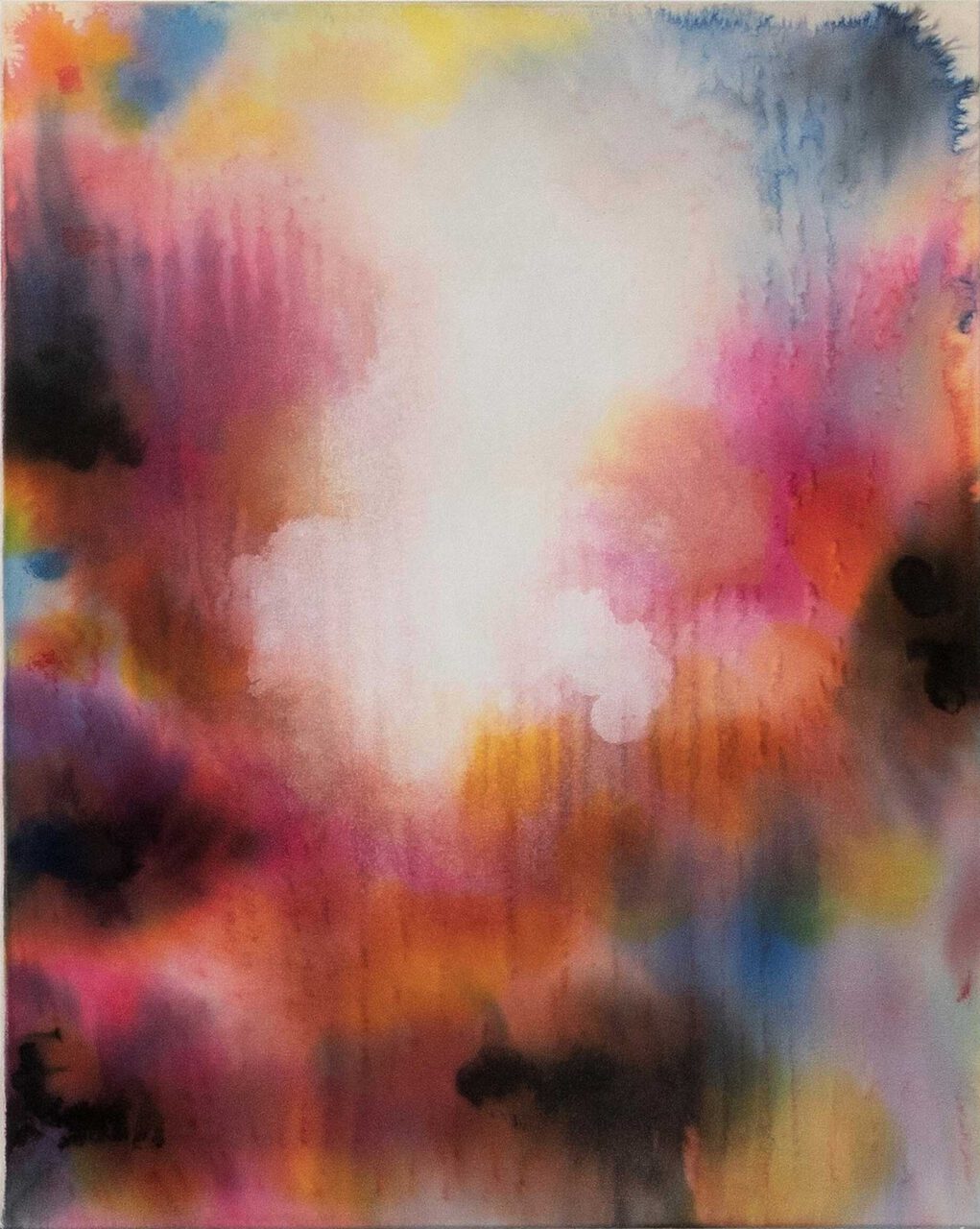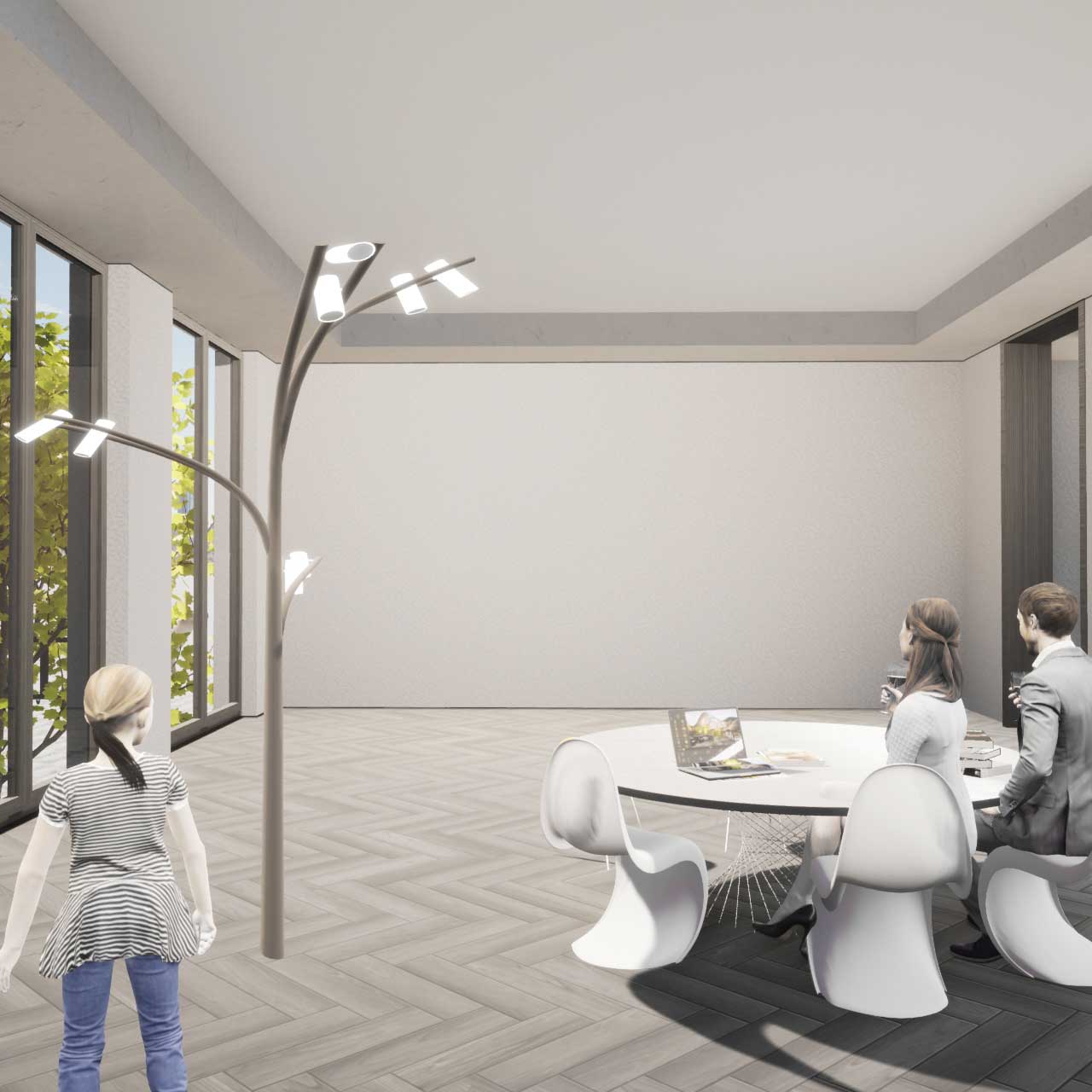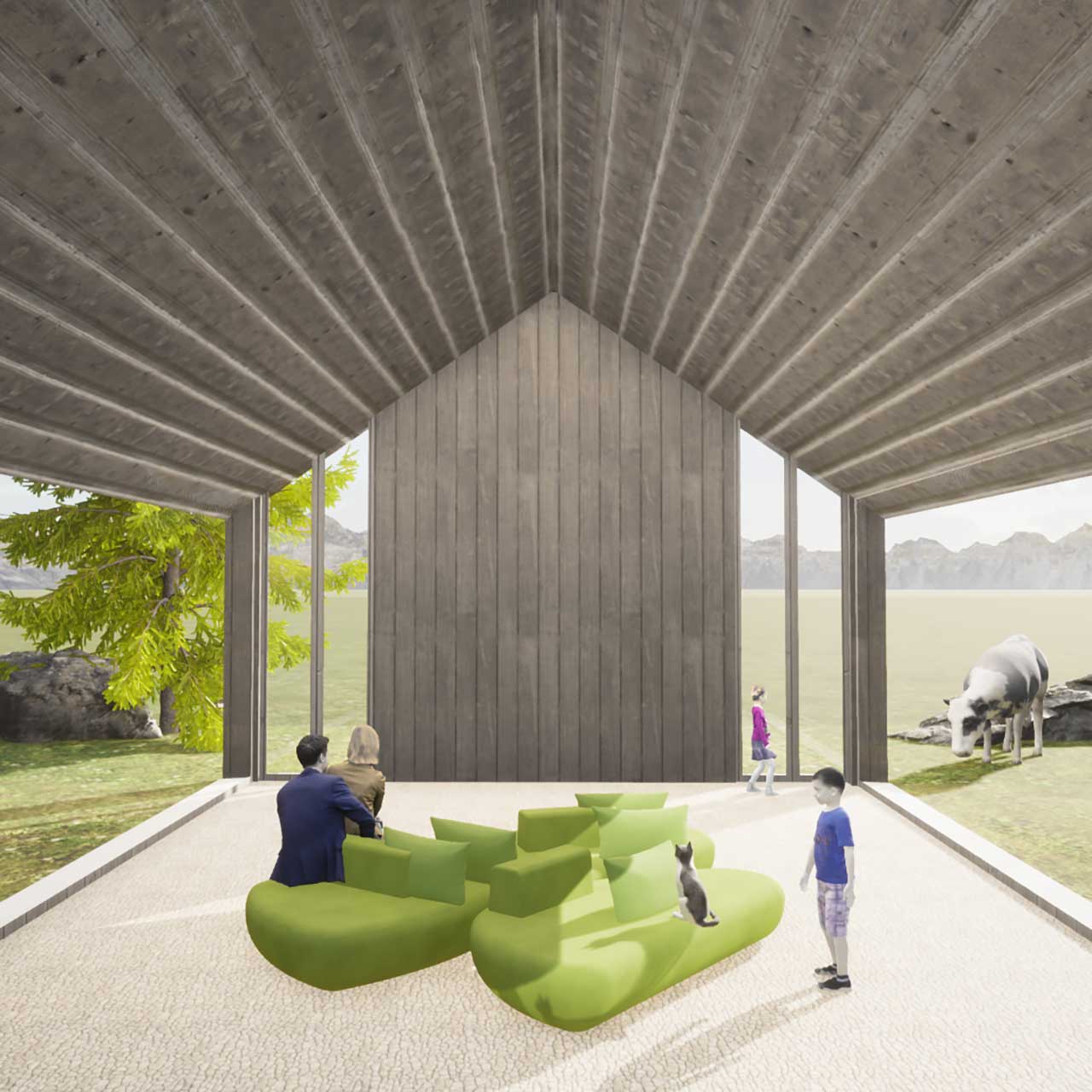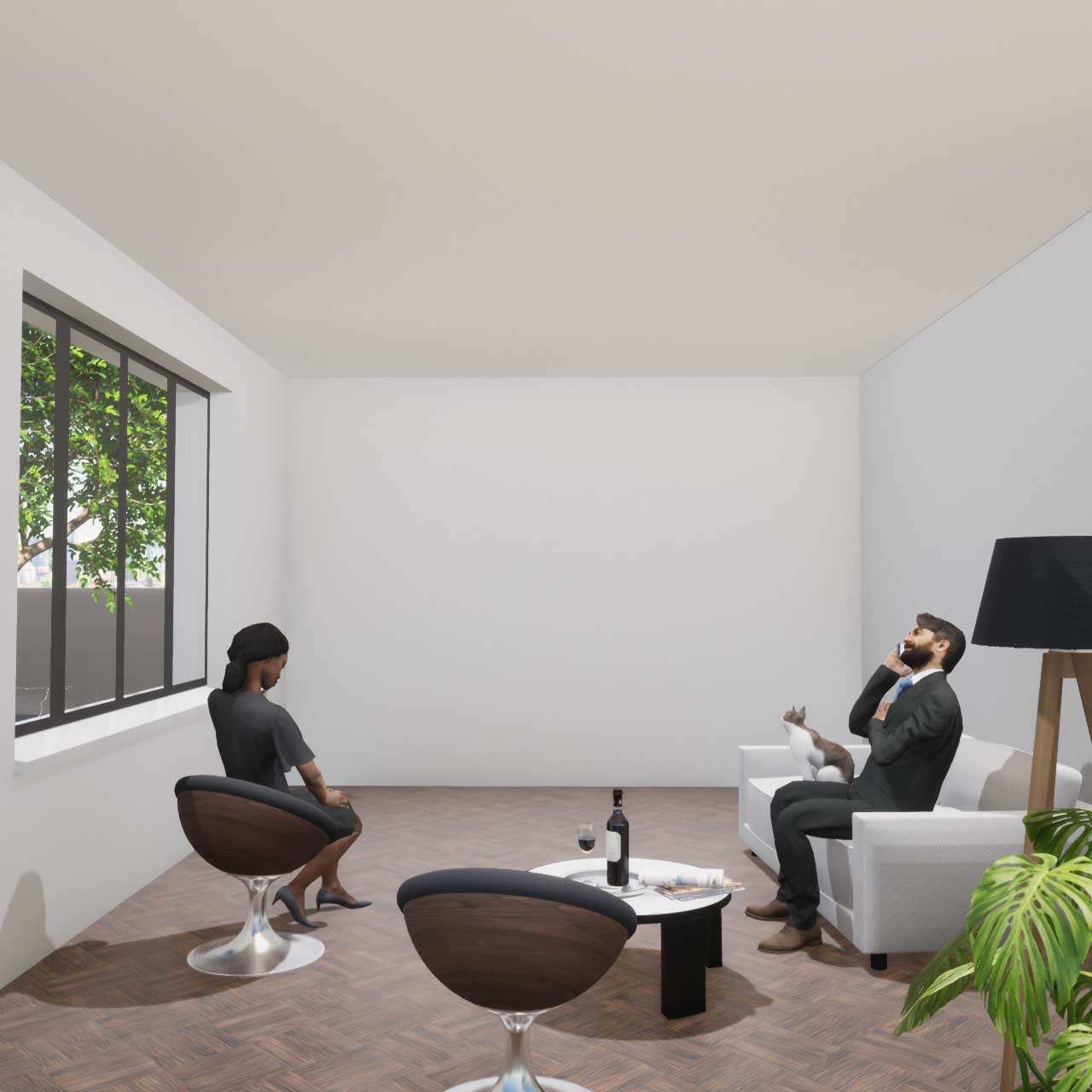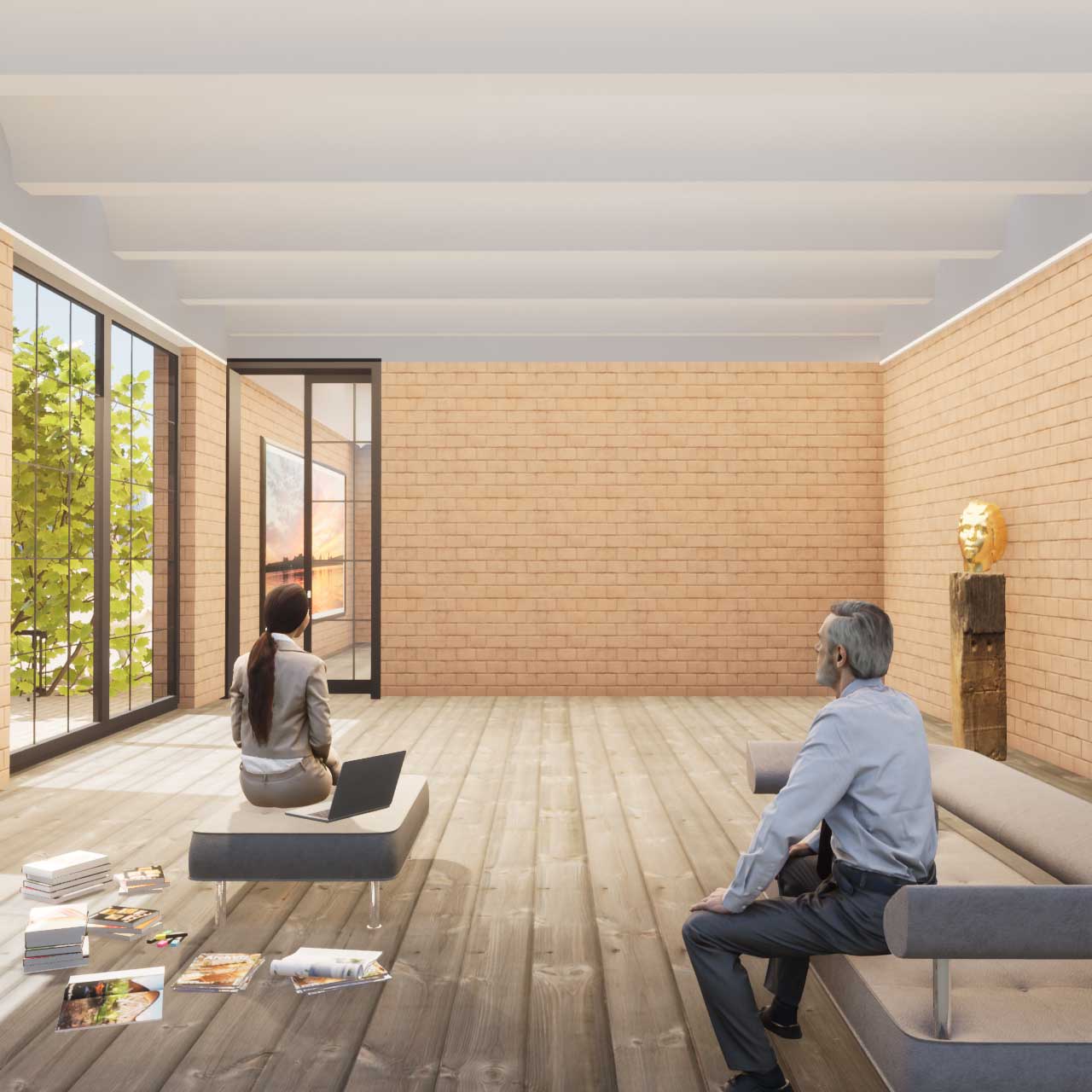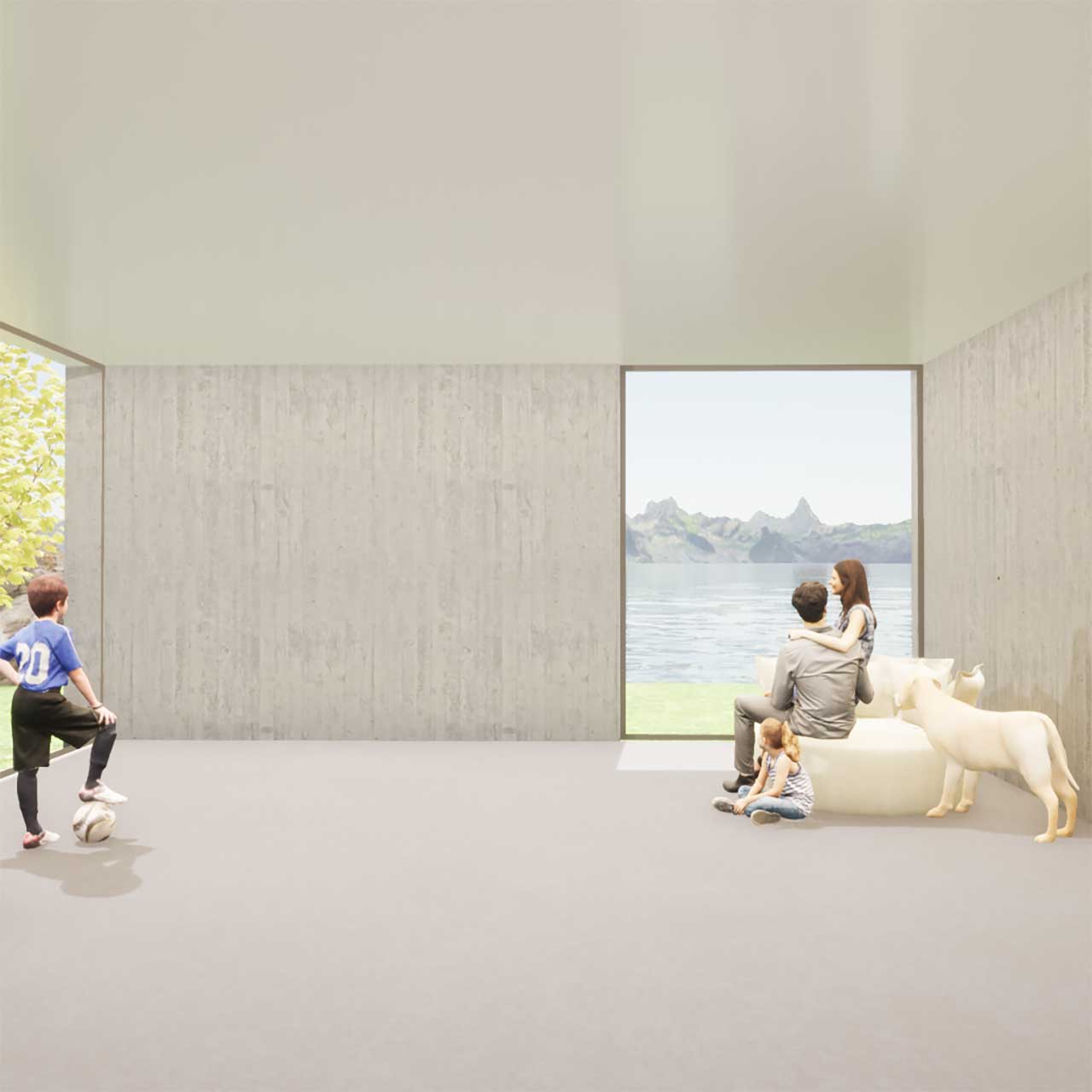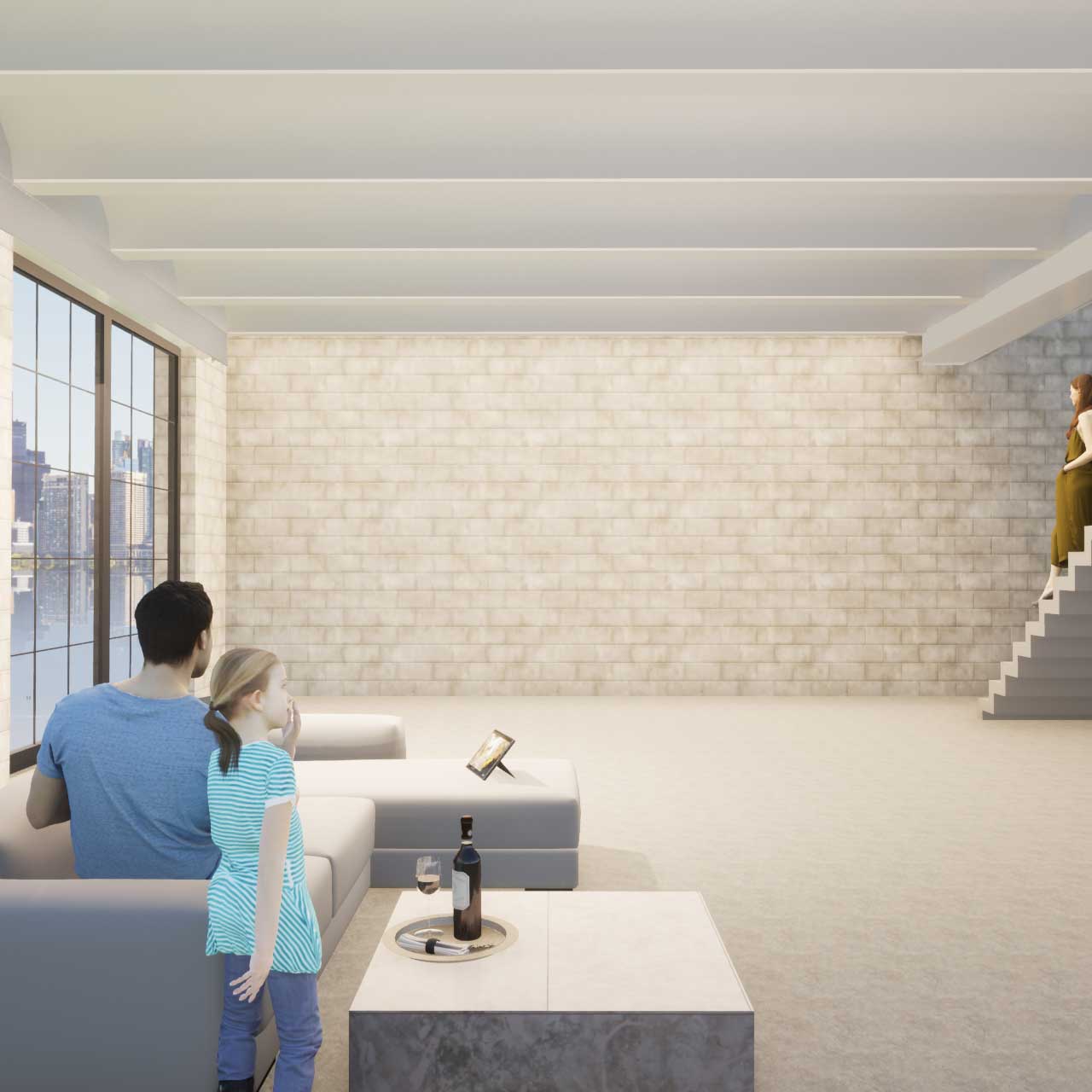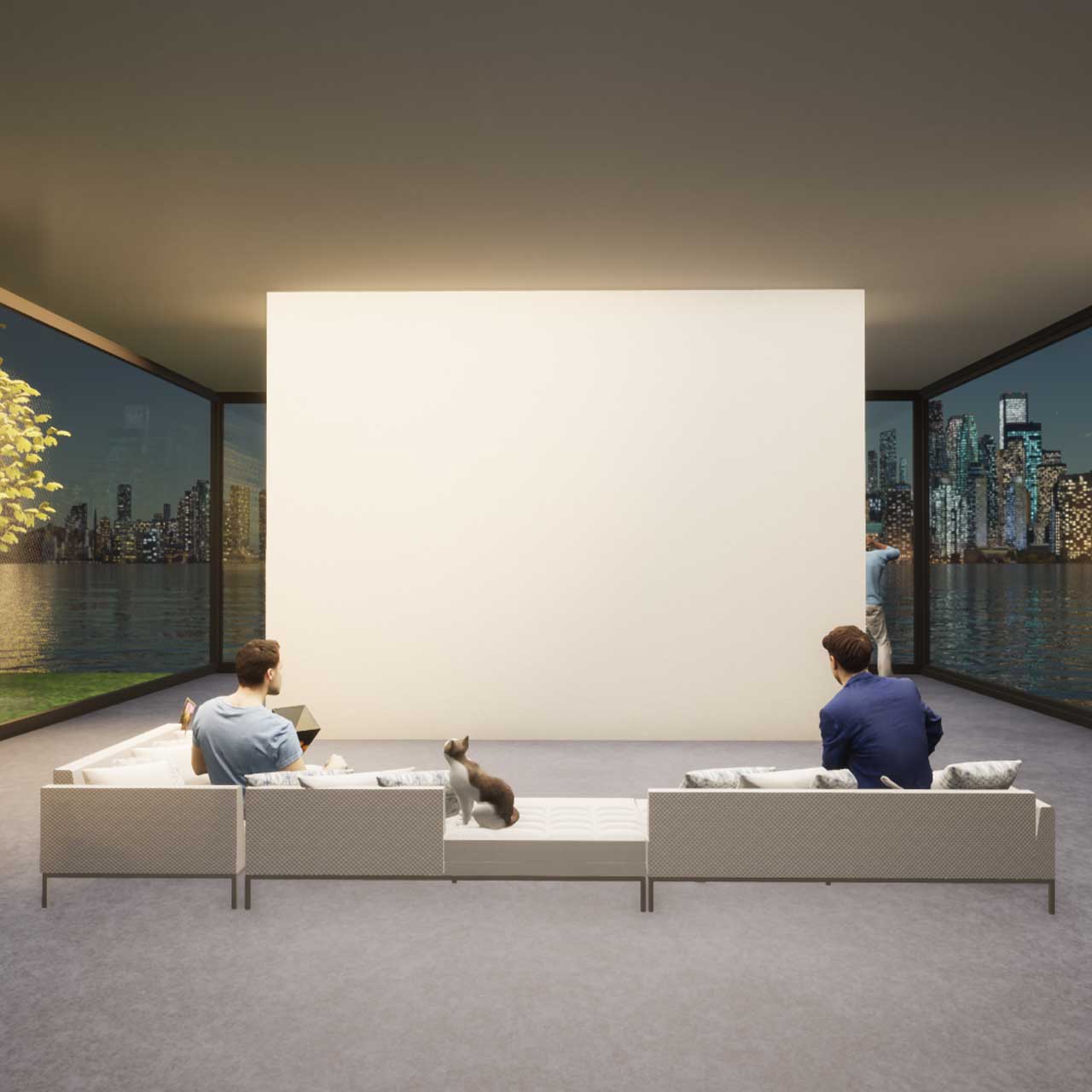Description
Dome Paintings – The title of Philipp Haager's series calls to mind paintings on ceilings and the inner surfaces of domes and cupolas, which are often designed to create the illusion of an opening at the top, suggesting in temples and churches that we are stealing a glimpse at another, higher world.
The inner eye, which for many years appeared in Haager’s pictures to be directed downward into [...]
Read more
Dome Paintings – The title of Philipp Haager's series calls to mind paintings on ceilings and the inner surfaces of domes and cupolas, which are often designed to create the illusion of an opening at the top, suggesting in temples and churches that we are stealing a glimpse at another, higher world.
The inner eye, which for many years appeared in Haager’s pictures to be directed downward into (psychic) depths, now seems to (physically) gaze upward instead. Indeed, the images themselves have become the eye at the centre of the dome, of the vault surmounting a space.
At the centre of the picture, otherwise the stage for concentrated or scattered events, there is nothingness – nothing remains. Only a vacuum in colouration, a blank space – as if an atomic explosion had occurred, a Big Bang propelling everything to expand out of the picture, all starting from a single point. As if all previous images had passed through this opening – just as the soul flees the body after death through the brahmarandhra, a passage through the skull.
Haager stringently transposes here a series that began as Bonsai pictures into large-format images evoking portals. His glaze paintings, for which he has up to now applied ink in multiple layers onto repeatedly soaked unprimed canvas, wet in wet, are now painted in a direct gesture onto primed, glaringly white surfaces in the alla prima mode. The associative wanderings through silent worlds, sometimes enveloped in luminescent fog and bathed in pale light, have suddenly made way for crystal-clear, sharply outlined chromatic colour schemes.
And yet the Dome Paintings with their effulgent and expressive trompe l’œil splashes of colour take their place seamlessly beside Haager’s virtually monochrome, finely nuanced large canvases with their thinly applied matt and muted grey tones as if it had “only” been a matter of time until these colourful images inevitably emerged from all those that went before.
Read less
